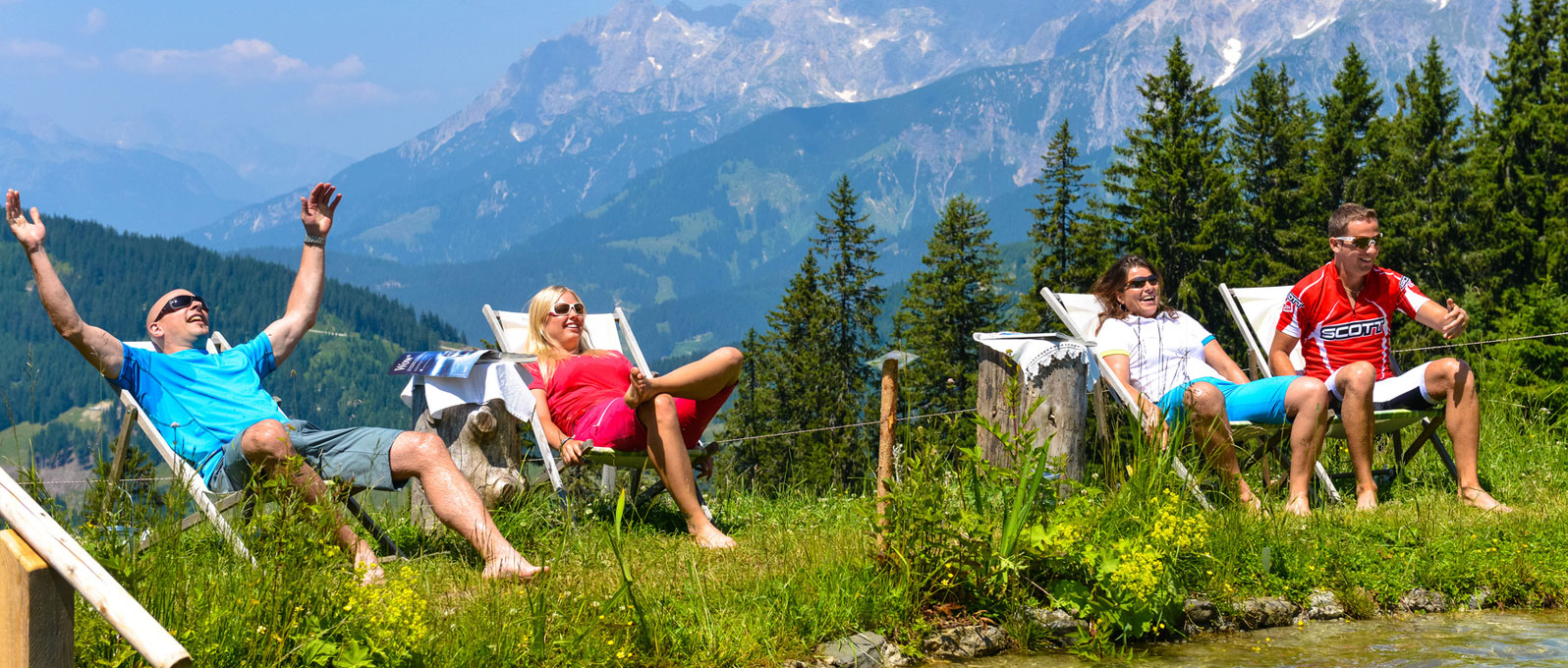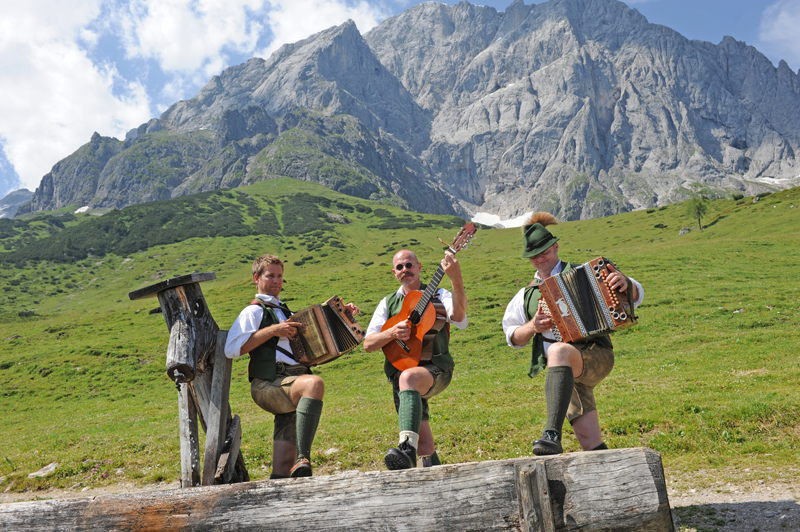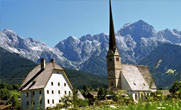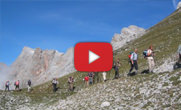Hiking Behaviour
Correct behaviour in the mountains
-
Before each tour, the mountain experience and physical fitness of all participants (adults and children) must be checked. Mountain hiking often requires sure-footedness and a head for heights.
-
Every mountain tour should be planned precisely on the basis of tour descriptions and maps. Also information of alpine associations and local expert, like mountain guides and hut landlords, can help crucially thereby.
-
Appropriate equipment and clothing are necessary for mountain hiking: especially sturdy high shoes with a good grip sole. Since the weather in the mountains often changes very quickly, rain and cold protection are very important.
-
For safety reasons, the route and destination of the tour as well as the expected time of return should be announced to the hut owner, hotelier or friends before departure.
-
The speed must be adapted to the weakest members of the group. Especially at the beginning of the tour you have to pay attention to walking very slowly. It is essential to observe other participants so that exhaustion can be detected in good time.
-
Do not leave marked paths. In order to avoid falls, the greatest attention must also be paid to easy terrain. Be careful when walking on steep grass slopes, especially in wet conditions. Crossing steep snow fields or glaciers is particularly dangerous.
-
The removal of stones must be avoided at all costs, as this could injure other mountain hikers. Places at risk of falling rocks should be passed individually as quickly as possible and without stopping.
-
If the weather changes, fog falls, the path becomes too difficult or is in bad condition, one should turn back. This is not a disgrace, but a sign of reason.
-
If an accident occurs, keep calm. In some cases you will be able to help yourself. If not, try to get help by mobile phone, shouting, light signals or waving large pieces of clothing. An injured person is usually to be left at the scene of the accident and must never be left alone.
-
The mountains are there for everyone. It is the duty of every hiker to help keep them clean and in good condition. You should take your rubbish with you into the valley, the flora and fauna should be spared.
-
Behaviour with grazing cattle: Cows, calves, sheep, horses, etc. should not be irritated, but should behave "normally" and not be afraid. Do not leave paths on alpine pastures and pastures and avoid animals at a great distance.
-
ATTENTION DOG OWNERS: Be sure to keep the dog on a leash. The dog is not allowed to chase grazing animals, especially suckler cows fear for their calves. If, however, a grazing animal attacks the dog, simply let it run for its own protection. Please take dog sacks with you!
-
The dawn and dusk are the main times for the game. Those who are not or no longer on the way at this time respect these "meal times". If you are still out in nature at these times, you can keep the disturbance for the game as low as possible by staying on the trails.
-




 Summer in Maria Alm
Summer in Maria Alm Brochures
Brochures Hochkönig Card
Hochkönig Card Salzburgerland Card
Salzburgerland Card Booking Enquiry
Booking Enquiry Winter in Maria Alm
Winter in Maria Alm Picture Gallery Summer
Picture Gallery Summer Videos Maria Alm
Videos Maria Alm Picture Gallery Winter
Picture Gallery Winter






